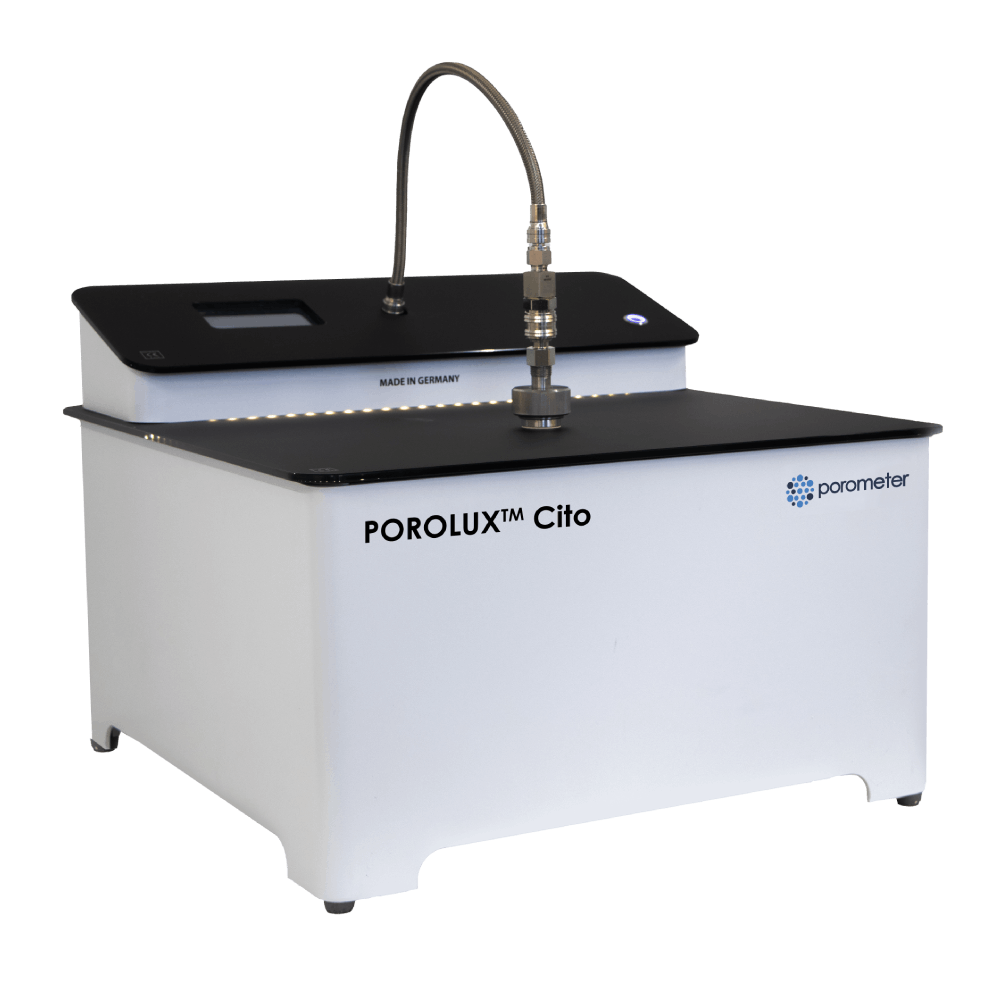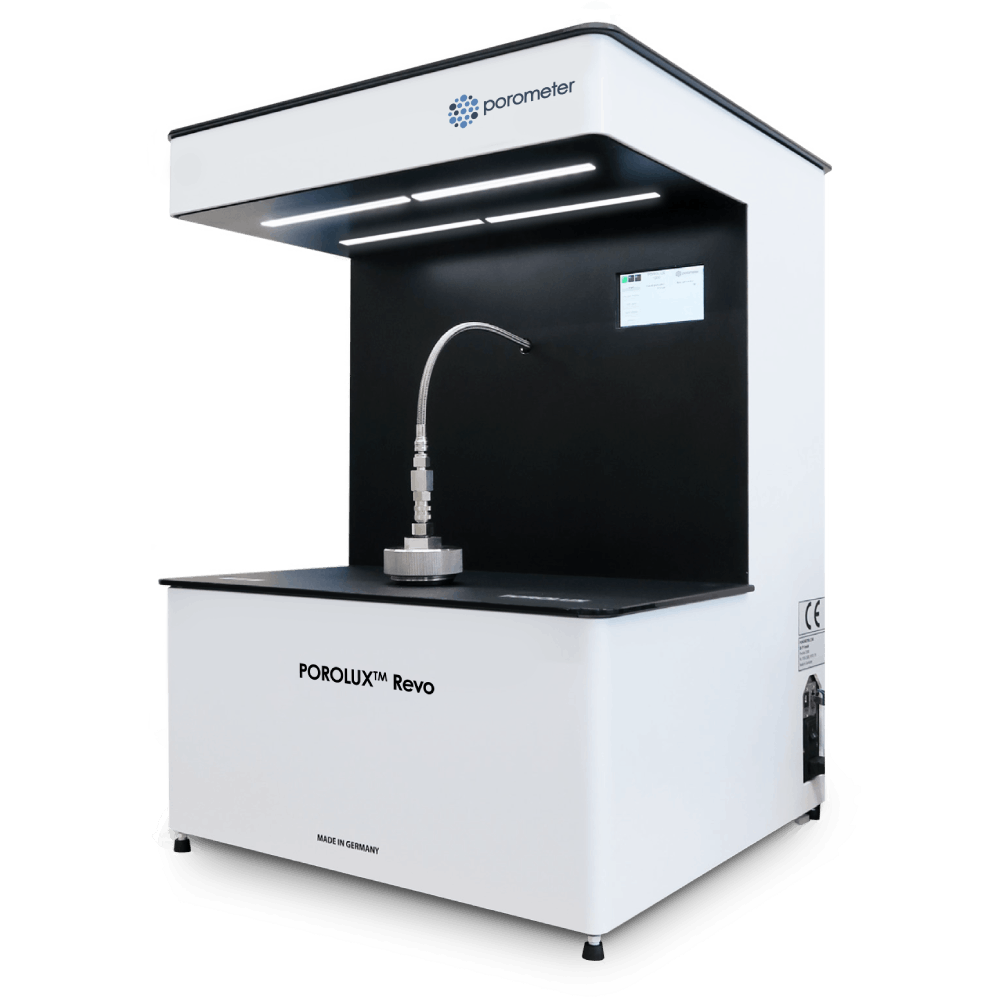
Environment
Porometry for a cleaner planet
From the water we drink to the air we breathe, filtration is at the core of environmental protection. As global challenges grow—water scarcity, air pollution, and rising CO₂ emissions—innovative filter media are key to ensuring a healthier, more sustainable world.
At the heart of these solutions are high-performance filter media — nonwovens, nanofibers, membranes, ceramics — engineered to meet demanding environmental challenges.
Why pore size matters
Whether it’s water filtration, air purification, or gas separation, the performance of filter media depends on its pore structure: the pore sizes, the full pore size distribution, and the permeability. These parameters directly affect the efficiency, durability, and sustainability of the filters.
The role of porometry
Capillary flow porometry provides the precise and reproducible measurements manufacturers need to design, validate, and optimize filtration media for:
Water filtration
From desalination to wastewater reuse and industrial water treatment, ensuring consistent, safe output.
Air filtration
Clean cabin air in cars, effective ventilation systems, and urban air purification by capturing fine particulates and harmful gases.
Gas separation
Porous membranes are used in gas–liquid contactors to enhance gas separation applications such as CO₂ capture. By preventing phase mixing while enabling efficient mass transfer, they make these processes more compact and energy-efficient.
With accurate pore analysis, researchers and manufacturers can push the limits of filter performance — delivering solutions that safeguard water, air, and climate for the future.
Discover the Porometer difference
Ready to find the right Porometer for your research or quality control application?

Explore how our instruments can meet your porometry needs
What our customers say about us
“The POROLUX™ systems enable reliable, precise and rapid pore characterisation, which is indispensable for validating and steering membrane development and fabrication processes. They contribute directly to the acceleration and robustness of our development cycles.”
“The MemCast™ casting device is a wonderful all-in-one tool that allows for different casting techniques to be implemented effortlessly and with high degree of reliability and accuracy well beyond most of our clients ‘expectations. ”








